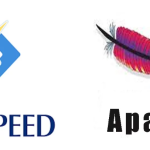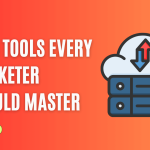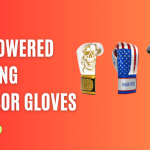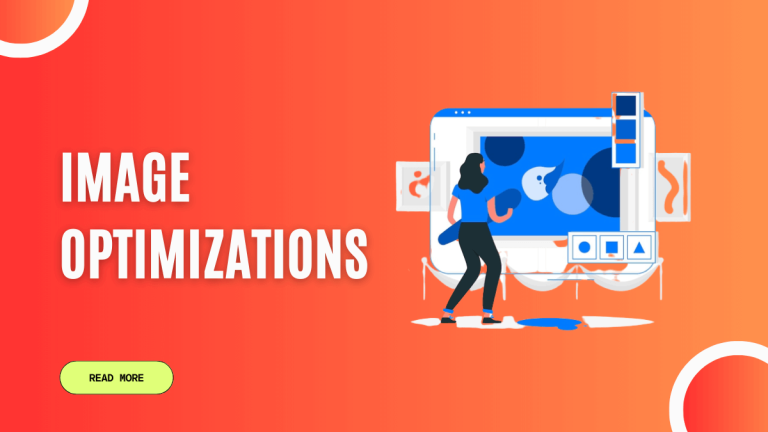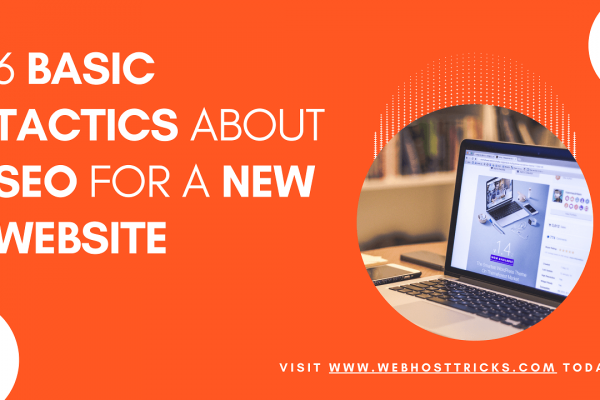In today’s digital landscape, where attention spans are shorter than ever, having visually appealing and fast-loading images on your website is crucial. Image optimization plays a vital role in improving your site’s user experience, search engine rankings, and overall performance. This article will guide you through the essential techniques and best practices for optimizing images to maximize their impact on your website.
Understanding the Importance of Image Optimization
Images are an integral part of web design, attracting and engaging visitors. However, unoptimized images can significantly impact your website’s loading speed, leading to a poor user experience and decreased search engine visibility. By optimizing your images, you can strike a balance between visual appeal and performance.
Choosing the Right Image Format
When it comes to capturing the essence of your website’s visuals, the choice of image format holds tremendous power. Unleash the full potential of your images by understanding the art behind selecting the perfect format. From the vibrant clarity of JPEG for photographs to the transparent allure of PNG and the animated charm of GIF, discover how each format adds its unique touch to your visual masterpiece. Choose wisely and watch as your website’s visuals come to life with captivating brilliance.
Read More: Compress Images: Enhancing Website Performance and User Experience
Compressing Images for Faster Loading Times
Image compression reduces the file size of images without compromising their quality. Various tools and plugins can help you compress your images effectively. By finding the right balance between file size and image quality, you can significantly improve your website’s loading speed.
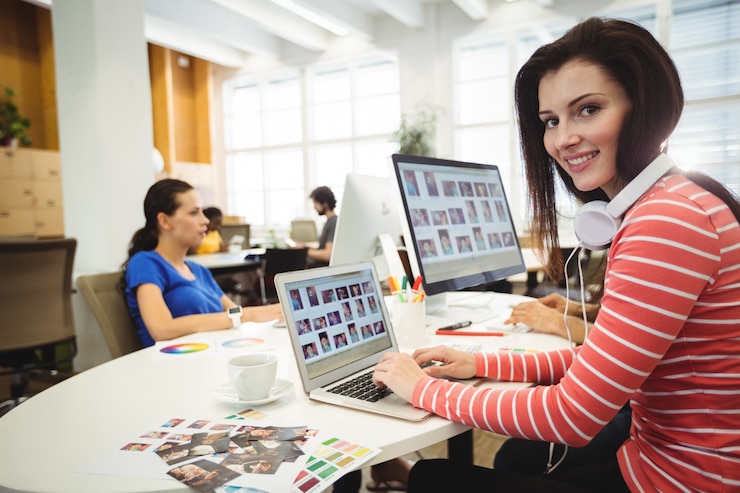
Resizing and Cropping Images for Responsive Design
Responsive design ensures your website looks great on different devices and screen sizes. By resizing and cropping images to fit various breakpoints, you can maintain visual consistency and avoid unnecessary load times due to oversized images.
Optimizing Alt Text for Accessibility and SEO
Alt text, or alternative text, provides a description of an image for those who are visually impaired or have images disabled. By writing descriptive alt text that accurately represents the image, you enhance accessibility and improve search engine optimization (SEO) by providing context to search engine crawlers.
Utilizing Descriptive Filenames and Structured Directories
Naming your image files descriptively and organizing them within structured directories helps search engines understand the content and purpose of your images. This practice also contributes to better organization and easier management of your image assets.
Leveraging Lazy Loading for Improved Performance
Lazy loading is a technique that defers the loading of images until they are visible in the user’s viewport. By implementing lazy loading, you can improve page load times and reduce the initial bandwidth requirements, especially for websites with multiple images.
As per Gomez and akamai.com, half of the users love sites that load in less than 2 seconds. If the page takes more than 3 seconds to load almost 40% of visitors tend to leave that site, thus increasing the bounce rate.
Implementing Responsive Image Techniques
Responsive image techniques allow you to serve different image sizes based on the user’s device and screen resolution. By using the <picture> element and the srcset attribute, you can ensure that users receive the most appropriate image for their specific device.
Optimizing Images for Social Media Sharing
When sharing your website’s content on social media platforms, properly optimized images are essential for generating engagement and attracting clicks. By defining Open Graph and Twitter Card meta tags and using images with the recommended dimensions, you can ensure that your shared content appears visually appealing and professional.
Caching and Content Delivery Networks (CDNs) for Efficient Image Delivery
Implementing browser caching and utilizing Content Delivery Networks (CDNs) can significantly improve image loading speed and reduce server load. By storing images on CDN servers closer to the user’s location, you ensure faster delivery and enhanced user experience.
Read: How to Add CDN for WordPress Website

Minifying CSS and JavaScript for Better Performance
Optimizing your CSS and JavaScript files by removing unnecessary characters and white spaces can contribute to faster page load times. By reducing the file sizes of these resources, you create a smoother browsing experience for your visitors.
Monitoring and Analyzing Image Performance
Regularly monitoring your website’s image performance allows you to identify any issues and make necessary adjustments. Utilize tools like Google PageSpeed Insights and Google Analytics to gain insights into your website’s loading speed and user behavior related to images.
Testing Image Optimization Effectiveness
Conducting tests to evaluate the effectiveness of your image optimization efforts is essential. Use tools like WebPageTest and GTmetrix to measure page load times and identify potential areas for improvement.
Optimizing Images for Mobile Devices
As mobile usage continues to grow, optimizing images for mobile devices is paramount. Use responsive design principles, compress images for faster loading, and prioritize user experience on mobile devices to ensure your website caters to the needs of mobile users.
Conclusion
Image optimizations are an essential aspect of website development and maintenance. By following the best practices outlined in this article, you can enhance your website’s visual appeal, improve loading speed, boost search engine rankings, and provide a delightful user experience. Remember to regularly monitor and test your image optimizations to ensure they continue to deliver optimal results.
FAQs
Each format has its strengths and uses cases. JPEG is suitable for photographs, PNG for images with transparency, and GIF for animated graphics.
Alt text enhances accessibility for visually impaired users and provides context for search engine crawlers, improving SEO.
Yes, by compressing images, resizing them, and utilizing lazy loading techniques, you can significantly enhance your website’s loading speed.
Tools like Google PageSpeed Insights and Google Analytics provide valuable insights into your website’s image loading speed and user behavior.
Yes, optimizing images for mobile devices is crucial due to the increasing number of users accessing websites from mobile devices.
